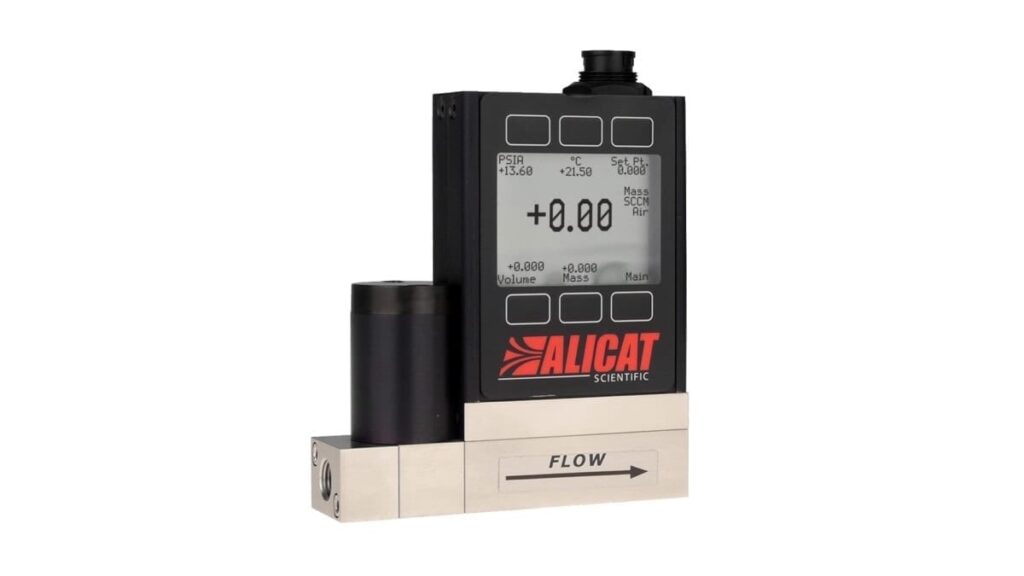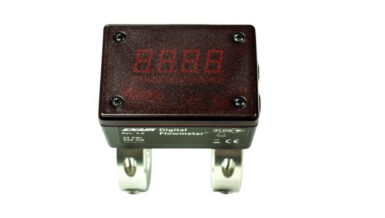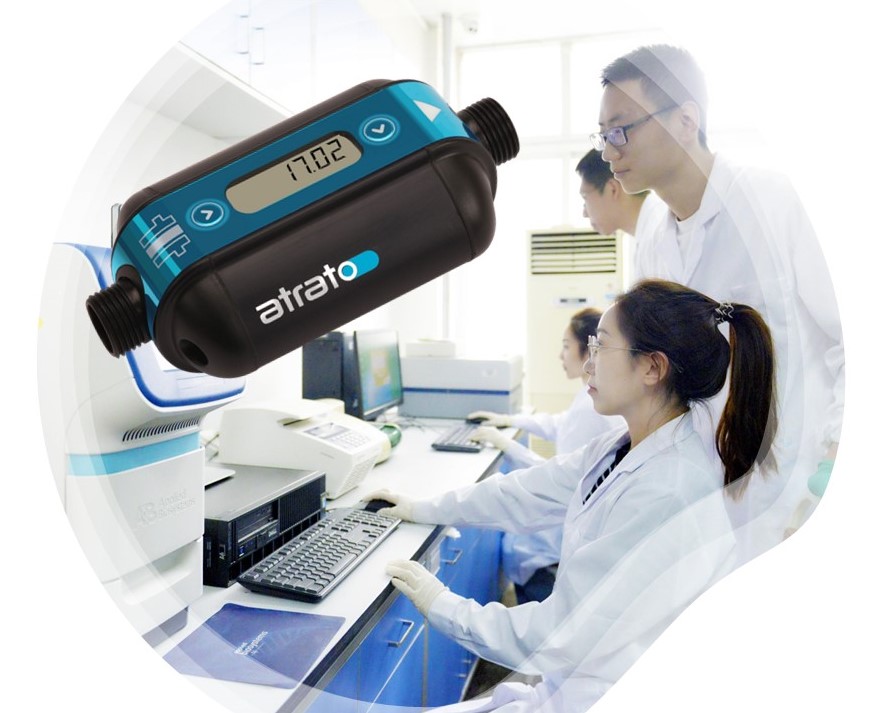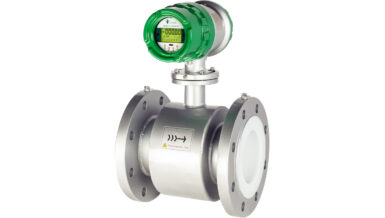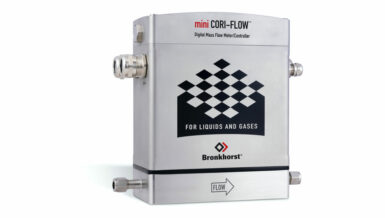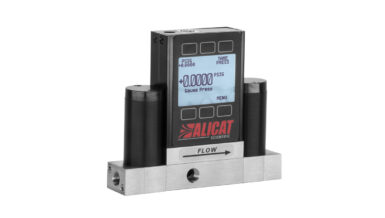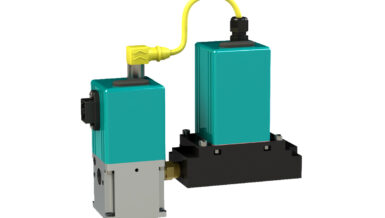Various bioreactor features and components are critical for optimization of these processes, including spargers, impellers, baffling, and bioreactor shape. Here we will focus on the use of spargers in bioreactors and discuss both technological challenges they face and solutions.
Background: Regulating oxygen & carbon dioxide levels in bioreactors
Smaller bioreactors can effectively distribute oxygen and strip carbon dioxide without spargers. However, these measures are inadequate for larger bioreactors, where the lower surface-area-to-volume ratio leads to carbon dioxide accumulation and prevents oxygen penetration. Spargers are therefore necessary to introduce oxygen and remove carbon dioxide.
Oftentimes, systems with both micro and macro spargers are useful because they are equipped to serve diverse process needs. For example, the larger bubbles produced by macro spargers can effectively remove dissolved CO2 from solution, however the large bubbles require strong agitation to break them up and release oxygen.
While this may be fine for hardy cell lines, the agitation can result in damage to more fragile mammalian cells. In these cases, a lower powered macro sparger can first be used to remove CO2 and then a tandem micro sparger can be used to produce smaller bubbles that deliver oxygen more efficiently.
Challenge: Bubble features significantly affect oxygen mass transfer & CO2 stripping
Bubble formation and size significantly affect how oxygen will disperse throughout the bioreactor. The features of the bubbles are significantly influenced by factors such as pore size and distribution, sparger material, flow rate, liquid and gas properties, and pressures. For example, micro spargers tend to create smaller, spherical bubbles and macro spargers tend to create bubbles that are a bit larger and unevenly shaped.
The shape and size of the bubble determines the amount of shear stress that the cells will experience, effectiveness of CO2 stripping, and also oxygen mass transfer. It is therefore important to optimize spargers to ensure oxygen bubbles are evenly sized and distributed and will not damage the cells. This can be a challenge as the bubble output of spargers can vary significantly based on flow rate and vessel size. Such unpredictable behavior makes it difficult to determine the shear force and oxygen mass transfer.

Solution: Pulse modulated sparging using mass flow controllers
Pulse modulated sparging provides a way to regulate bubble size and speed of release into the bioreactor. A low flow mass flow controller flows gas that leads to a build-up of pressure in a porous sparger disc. When the pores are all filled up, the bubbles gently release into the bioreactor. The flow rate can be adjusted to control the rate of release, while maintaining uniform bubble size. This technology is scalable across vessel sizes, with an oxygen transfer rate that is proportional to gas flow rate. The linear scalability enables the user to confidently increase oxygen or air mass flow rates to support larger scale cell cultures.



